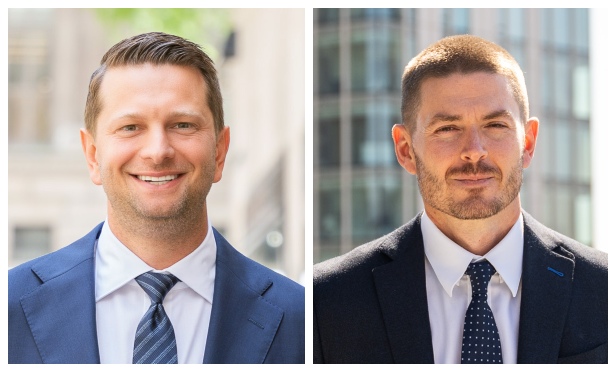Public spaces—which include everything from publicly owned and operated parks and transit to elevators and gathering centers in privately owned shopping centers—are the biggest challenge in reopening. They require that people feel safe not only around people that they know but also people that they don't know—and it could throw a wrench in reopening efforts altogether.
"The challenge of public transportation, elevators and common spaces is the biggest challenge," Alan Loomis, principal of urban design at Placeworks, tells GlobeSt.com. "Many people don't have a concern about being in an office space. The concern is about being in an elevator or a train where I don't know who is on the elevator, but I know who my office mates are. We will have to come up with an effective solution for those environments before people are going to feel comfortable going back into the center of cities."
Cleaning and disinfecting routines will be crucial to reopening these spaces, particularly in urban environments with more density. Other countries, particularly China, have focused on frequent cleaning of public spaces and posted those schedules to communicate with the public. "I think the public spaces that can clearly demonstrate a disinfecting schedule are going to have a very clear advantage in the short term," says Loomis. "This is coming out of experiences out of places like Hong Kong, which have been dealing with these kinds of viruses much longer than the United States has. They have crews that are cleaning public spaces all of the time, and the schedule is posted. I think there is more confidence about spending time in those environments because you know that it has been clean regularly."
However, funding will play a role in the ability to properly disinfect spaces, and in some cases that will fall on the public sector. For example, large shopping centers that double as community living rooms will need to absorb the cleansing costs. "Unfortunately, it is going to be fairly wealthy public spaces that are going to have that kind of advantage," says Loomis. "It is going to be quasi-public spaces that are privately owned that can make that kind of investment."
Reopening public spaces will require more attention, but in the long term, Loomis doesn't expect to see any substantial permanent changes in the way that communities function. "If you take a long view, I don't think we are going to see that much change," he says. "The desire, the power and the draw of cities is historically strong, and I think that it will continue to be strong."
However, he does expect a to see more pedestrian friendly public spaces that are conducive to social distancing. "In the short-term, we will see some degree of adjustment related to the pandemic," he says. "What you are already seeing in a lot of cases is an expansion of public spaces for pedestrians instead of cars. We are seeing a change there that is very immediate. We are going to see those kinds of adaptations for the foreseeable future."
Want to continue reading?
Become a Free ALM Digital Reader.
Once you are an ALM Digital Member, you’ll receive:
- Breaking commercial real estate news and analysis, on-site and via our newsletters and custom alerts
- Educational webcasts, white papers, and ebooks from industry thought leaders
- Critical coverage of the property casualty insurance and financial advisory markets on our other ALM sites, PropertyCasualty360 and ThinkAdvisor
Already have an account? Sign In Now
*May exclude premium content© 2024 ALM Global, LLC, All Rights Reserved. Request academic re-use from www.copyright.com. All other uses, submit a request to [email protected]. For more information visit Asset & Logo Licensing.








